Who Controls the User Experience? AMD’s Carrizo Thoroughly Tested
by Ian Cutress on February 4, 2016 8:00 AM EST#3 The Toshiba Satellite E45DW-C4210 (Carrizo, FX-8800P)
If E45DW-C4210 comes in as a mouthful relevant to very few people, you are probably right, so we’ll just refer to it as the Toshiba Satellite from here on in. Having a Satellite for testing this piece was somewhat amusing, given I had recently bought one for my grandparents and upgraded it (there’s a separate mini-review of that coming later), and wasn’t sure if what I had found on my grandparents' model would also be found here.
| Toshiba Satellite E45DW-C4210 (Carrizo) Specifications | |
| Size and Resolution | 14-inch, 1366x768 TN with Touch |
| Processor | AMD FX-8800P Dual module, 4 threads 2.1 GHz Base Frequency 3.4 GHz Turbo Frequency |
| Graphics | Integrated R7 512 Shader Cores 800 MHz maximum frequency GCN 1.2 |
| TDP | 15W |
| Memory | 8 GB in Single Channel Operation 1 x 8GB at DDR3L-1600 C11 1 SO-DIMM Slot Only |
| Storage | 750GB Toshiba HDD |
| Battery Size | 45.298 Wh 3 cell Li-Ion design |
| WiFi | Realtek 8821AE 802.11ac 1x1 |
| Optical Drive | No |
| Dimensions | 13.3 x 9.3 x 0.83-inch 337.4 x 235.0 x 21.05 mm |
| Weight | From 4.5 lbs (2.05 kg) |
| Webcam | 1280x720 |
| Other Features | Memory Card Reader HDMI 2 x USB 3.0 + 1 x USB 2.0 |
| Operating System | Windows 10 Home |
This model of Satellite gets the top-end FX Carrizo processor, the FX-8800P, which is a dual module/quad core design with a 2.1 GHz base frequency but a 3.4 GHz turbo frequency. Because the FX line still exists in AMD’s mobile processors, it means it gets top tier graphics as well, which for integrated graphics means 512 streaming processors running at 800 MHz. This is pretty much the top end AMD integrated graphics configuration that anyone can buy, save a pre-overclocked system. To continue with the plus points in the hardware, the Toshiba was also fitted with a Realtek 8821AE Wi-Fi card which also follows the 802.11ac M.2 standard as described in the 745 G3 but this is a single stream version, which limits 802.11ac benefits such as beam forming.
Then, the downsides begin, or where Toshiba saved some money. The display is a pretty bad 1366x768 TN panel that didn’t want to play ball with our display testing equipment, but was surprisingly touch enabled which made things better when you used the ‘Devil’s Trackpad’. With no offence intended towards Toshiba, I seriously wrote that in my notes while I was testing, and that isn’t a good thing. The nearest thing to this trackpad would be the ‘off’ position. I’m not sure if it was a bad sensor, a poor sensor, something with the coating or what, but one of the worst things a laptop can do when being tested is when the tester wants to throw it across the room. The solution would be to insert a mouse, forget about it, and then 'remember how much you saved'. Unfortunately that race to the bottom on trackpads ends up a negative feedback loop for all concerned.
On the storage side, a combination 8GB of memory (single channel DDR3L-1600, naturally) and a 750 GB mechanical hard disk left the model with few plus points aside from the top end processor.
The Design
So firstly, the design of this Satellite one is more towards brushed metal for a sleeker look.
Functionally, there are a number of good and bad points to list. Despite the brushed metal finish on the top, the design is actually mostly plastic, with two vents at the rear for airflow. The hinge is also a 360º hinge as part of the Radius range.
One of these is an intake and the other is the exhaust, which at least keeps all the warm air out of the back of the laptop, although anyone using the laptop on their lap might be able to feel it depending on the workload. If the warning sticker is anything to go by:
CAUTION!
PC BASE CAN BECOME HOT!
AVOID PROLONGED CONTACT
TO PREVENT HEAT INJURY TO SKIN
You have to wonder – is that an AMD problem due to heat generation, or a Toshiba problem due to bad heat soak of plastic design? Either way, there are other 15W devices that don’t have these warnings.
The sides have two USB 3.0 ports, a HDMI port, the Kensington lock port, a USB 2.0 port, audio ports, a volume rocker, a power connector and a specific button to enter Tile Mode in windows.
The brushed metal finish is also on the cover, and again this was an AMD shelf model featuring a few scrapes but nothing too noticeable at a quick glance.
The audio arrangement is provided by Harman/Kardon, and the keyboard uses equal sized separate buttons for the arrow keys as well as the regular delete/home/end set. There are no quick buttons for mute or airplane mode however.
The trackpad on the specific device we tested was absolutely terrible. The only practical way to use this laptop was to use a mouse.
On the display side of things, as noted above for some reason this unit would not get along with our colorimeter, crashing each time we tried to take a reading. The 45.298 Wh battery gave the following charge profile:


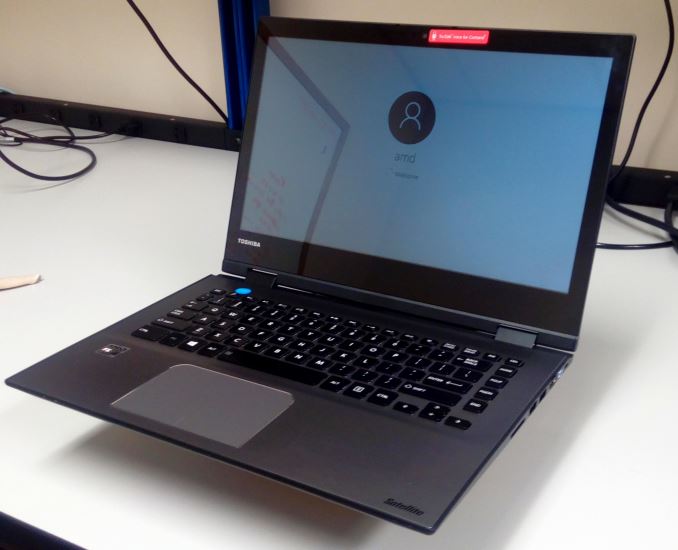










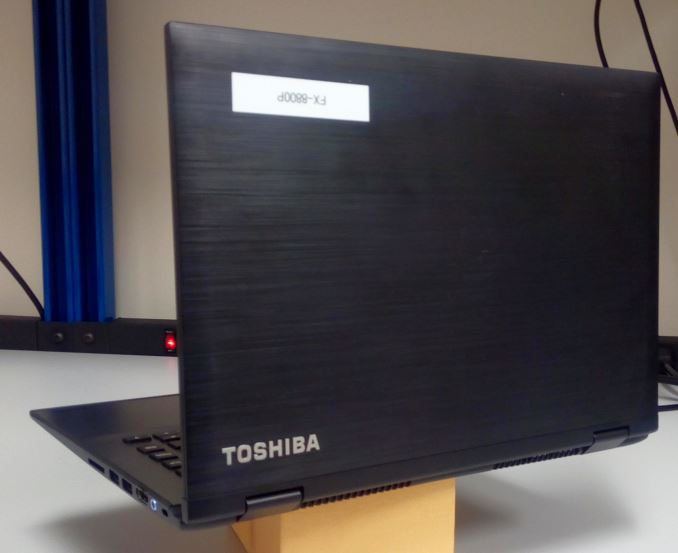
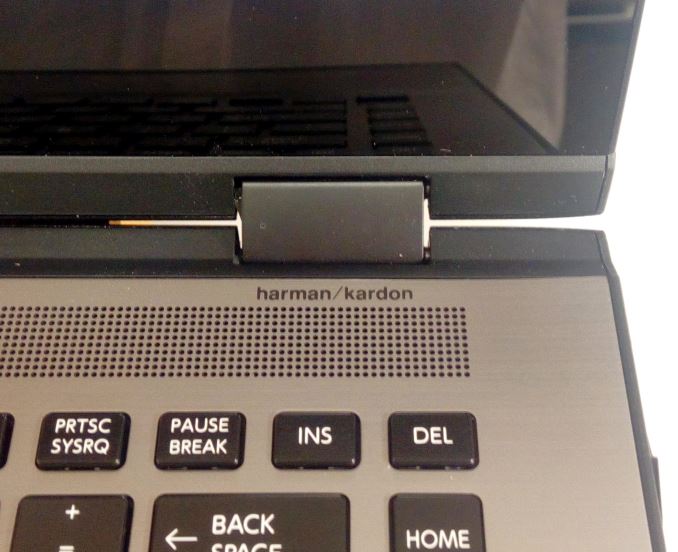
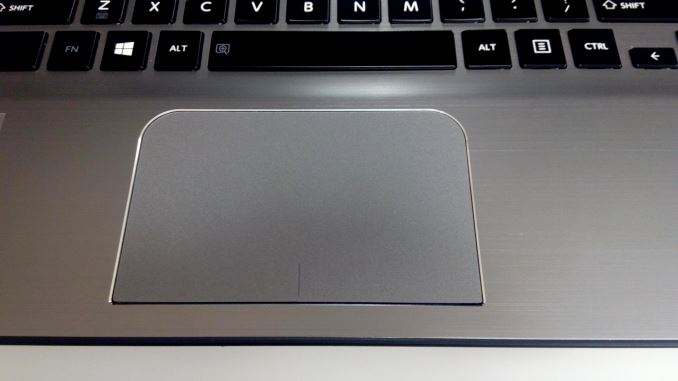
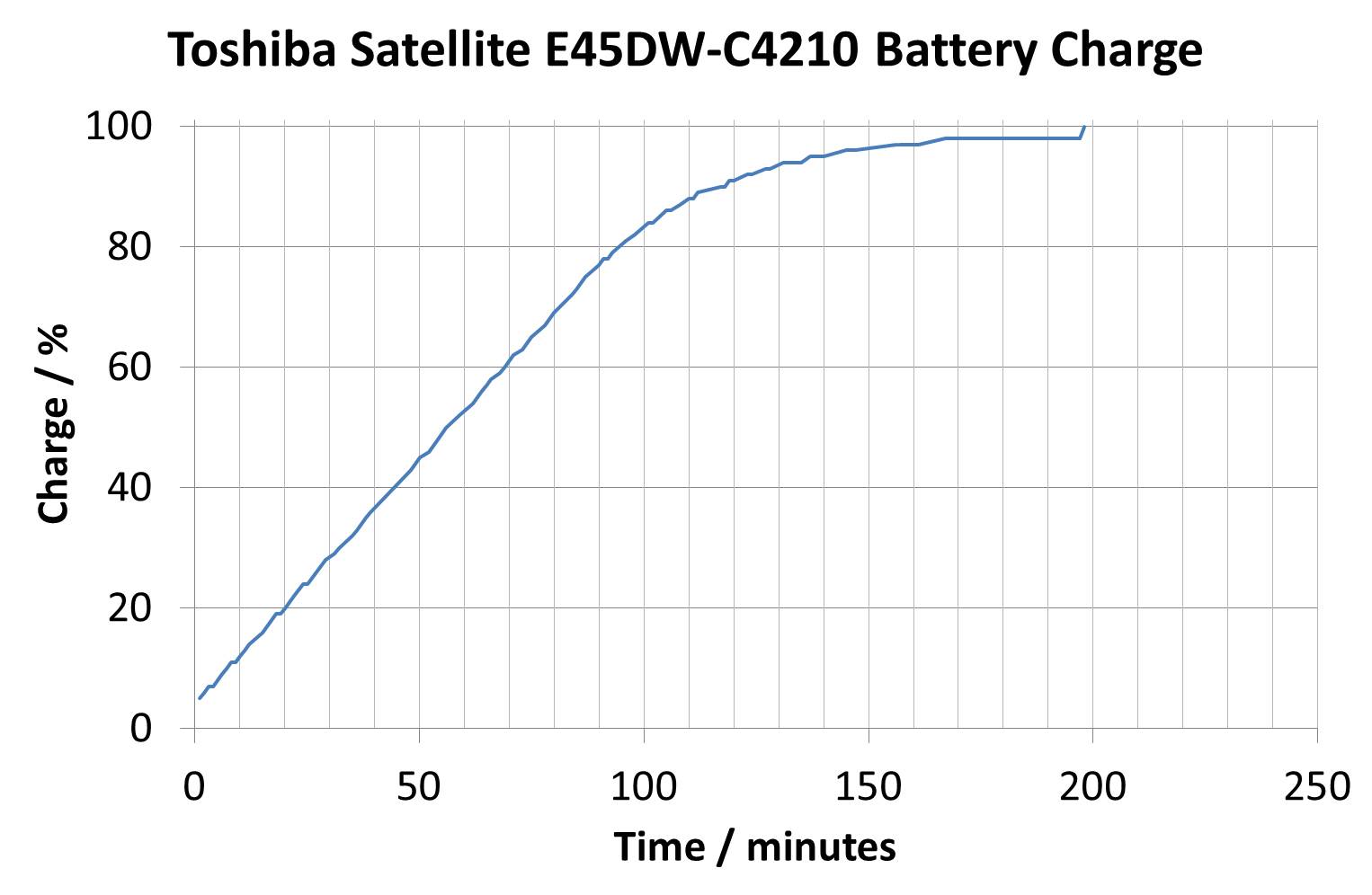








175 Comments
View All Comments
Danvelopment - Monday, February 8, 2016 - link
Strategy AMD should adopt:90% of people don't notice a performance difference above 3000 Super CPU Points, Intel CPUs are usually 4000-8000 Super CPU points, our chips may only range from 3500-4500 Super CPU Points but regular users won't actually notice it, and at the same performance marks we're a hundred dollars cheaper. Make the sensible choice.
Another way, we've done extensive testing to see what end users want and need, then we targeted those sectors, and where we matched Intel we made sure we were a hundred bucks cheaper on the same devices.
"We don't hold the performance crown but the price/performance crown"
Marcelo Viana - Monday, February 8, 2016 - link
Dammit, the solution should be simple, but must come from AMD, since can't expect it from oem's and all of them offer let's say 2011 sockets as example, why amd do not develop a socket switch, so a small board with 2011 pins on the bottom and a circuit on this boad to give a whatever socket amd choose connections on top of it, in order to accept amd chips.But AMD must understand that the memory on their chips must be ddr4(Carrizo do), because the lazy OEMs whon't change memory sockets, as example.
In this case the lazy ones have only to change the chip, and even better if any consumer have a old machine can upgrade to a chip that they choose. simple as that.
Anyone that sales more creates the standard on the market, the others is that must follow.
So who control the user experience? I think no one. everyone in the process just looking to explore the users in order to get money nothing more, but if i have to guess, problably the users. Because they are the one that really have the power to say "i won't buy it or that' or even better "until they give to me what i want" just my 2 cents.
farmergann - Tuesday, February 9, 2016 - link
Seems like you missed out on some highlights of the Y700. The memory is dual channel, the IPS screen has Freesync, and the sound is surprisingly awesome. Replaced the HDD with a Samsung 850 Pro and have thoroughly enjoyed it since.bitech - Tuesday, February 9, 2016 - link
Lol have they never seen a 17" laptop before? The HP Pavilion has a 1600x900 because it's 17". 1600x900 is the minimum resolution on all 17" laptops, not 1366x768.UtilityMax - Wednesday, February 10, 2016 - link
1600x900 is still a crappy resolution for such a large screen. I had a notebook with 15.5 inch 900p screen, and it was visibly grainy.mosu - Tuesday, February 9, 2016 - link
Just few words: Sabotage and corruption at high level OEM decision level. Simple as that.Arief Sujadmika - Wednesday, February 10, 2016 - link
AMD just need a feature to turn off the chips if its detect single channel memory for Carrizo then the OEM will make dual channel memory for it...thatthing - Wednesday, February 10, 2016 - link
the y700 r9 385x is a bonaire gpu, amd has no 512sp chips mobile r9 series, http://www.amd.com/en-us/products/graphics/noteboo...silverblue - Wednesday, February 10, 2016 - link
Articles like these make me want to see how good the unrestricted Athlon X4 845 will be, however as it's probably defective Carrizo silicon, I wouldn't expect it to be massively frugal. I do wonder if there will be any Bristol Ridge Athlons; the top models are rated with a cTDP of 25-45W which is a decent improvement and would reduce/eliminate throttling. Overclocking may not help in terms of power but performance would be more consistent. You also get DDR4 which isn't as big a help for the Athlons but it would be interesting to see the difference.A review of the Dell Inspiron I3656-7800BLK would be a good marker, if only to show the maximum performance of the mobile chips.
Masospaghetti - Wednesday, February 10, 2016 - link
Seems like the best configuration of a Carrizo machine would be a 35w TDP A12 with dual channel memory and integrated graphics (or discrete graphics with crossfire enabled).It's a shame that all of the machines available are severely compromised with either single channel memory, 15w TDP, lack of crossfire, or a combination of these. Seriously. The machines tested have terrible designs. Looks like AMD made a huge mistake providing a common configuration with Carrizo-L with the single channel memory.